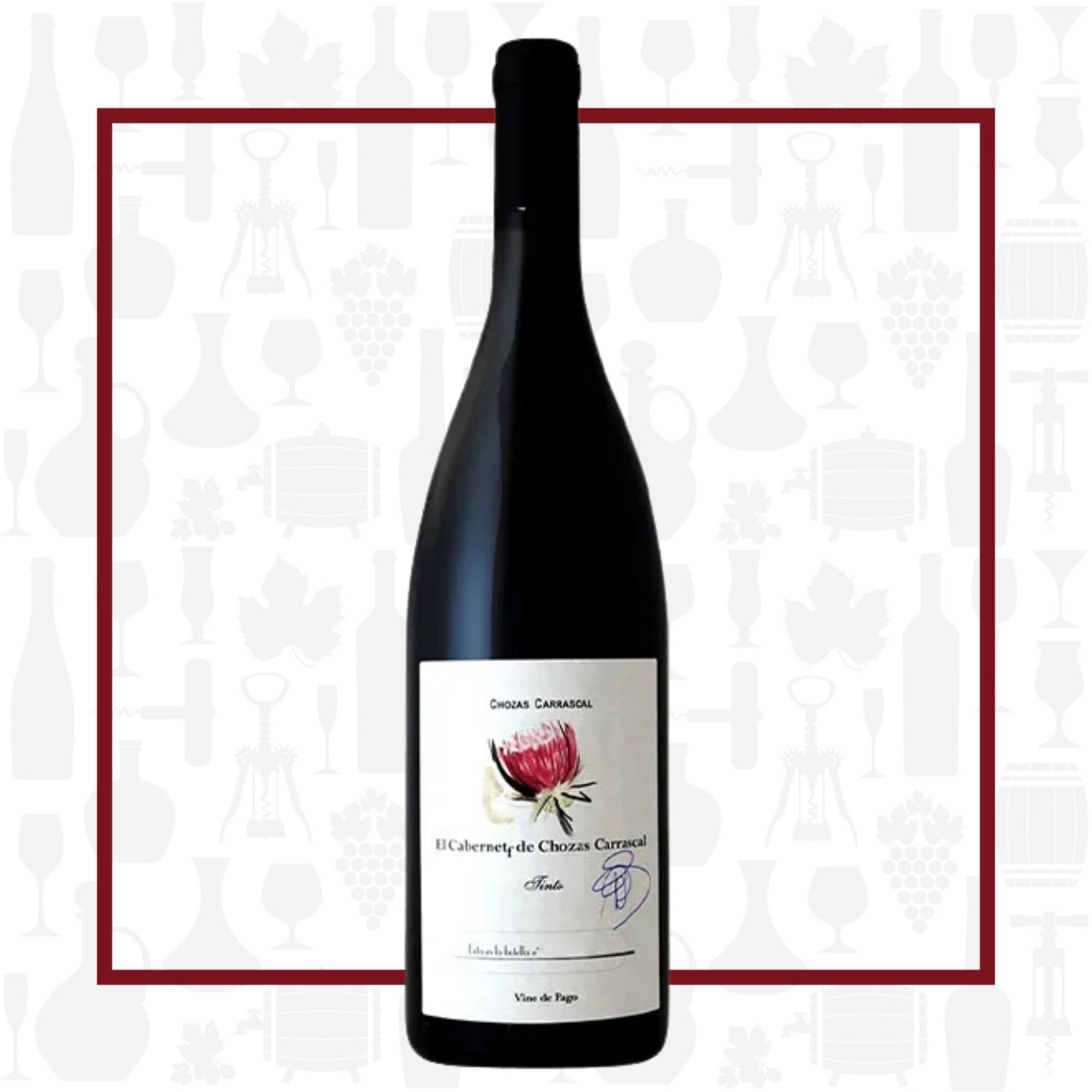Cellar Profile
In 1990, husband and wife team Julin López and María José Peidro purchased an established vineyard in the Requena-Utiel region of Valencia in southeastern Spain. Shortly thereafter, when their extensive studies identified that their terroir was similar to that of many of the French vineyards they frequently visited as a family, they planted several international grape varieties. Today, the Chozas Carrascal vineyard is comprised of 14 plots sitting at 750-840 metres above sea-level on a thick slab of limestone-based subsoil, distinctive within the region. Their climate is significantly more continental than the rest of the D.O.P., with hot, dry summer days and cool, fresh nights. The winery’s uniqueness was recognized in 2012 when it was awarded ‘Vino de Pago’ status, meaning the winery is its own D.O., separate, distinct and at the top of the Spanish wine hierarchy. To date, there are 21 Vino de Pago properties in the country, each one representing a singular identity that combines the best of tradition and modernity. The 30-hectare vineyard at Chozas Carrascal is planted with 12 grape varieties split between local, indigenous grapes—Bobal, Monastery, Garnacha, Tempranillo and Macabeo—and widely-recognized French examples: Cabernet Sauvignon, Cabernet Franc, Merlot, Syrah, Chardonnay, Viognier and Sauvignon Blanc. These vineyards are farmed and certified organic and the wines exhibit elegant structure, intense, complex character and, most importantly, delicious drinkability.
Region
Utiel-Requena is a Spanish Denominación de Origen Protegida for wines located in the province of Valencia. It takes its name from the two neighbouring towns of Utiel and Requena and is renowned for the predominant use of the Bobal grape variety. Although these wines are moderately contemporary, the region is anything but. Traces of Phoenician amphorae suggest viticulture and wine production here date at least as far back as the 7th century BC.
Vineyard
Chozas Carrascal is a family winery with the Pago Chozas Carrascal Designation of Origin. Due to its elevation and proximity to the Juan Navarro mountain range, which contributes dominant northern winds, it is one of the coldest areas in Valencia. The extension of the Sierra Juan Navarro to the southeast slows down a large part of the clouds that come from the Mediterranean loaded with water so rainfall at Chozas Carrascal is less than in other areas of the region. The vineyard relies greatly on the south western facing sunlight, radiating more than 3,000 hours of direct sunlight per year.
Winemaking
Manual harvest with individual berry selection. Vinified in a 100 hL concrete tank with a 3 week maceration and twice daily pumpovers. The wine is then transferred to French oak barrels that have previously been used for fermentation and aged on the lees of white wine. During the first months of aging, batônnage is carried out weekly, with the wine remaining in barrel for 7 months.
Varieties
Cabernet Franc, one of the key Bordeaux varieties, is actually the parent of the more well-known Cabernet Sauvignon. Needing plenty of sunlight and long hang times, it is particularly suited to moderate or cool climates. The vines can be prone to vigour, so canopy management and keeping crop sizes down is key to avoiding too many green, herbaceous notes. An excellent blending partner, Cab Franc is rapidly gaining popularity in the New World for its ability to maintain balance, even with occasional elevated alcohol levels.
Tasting Notes
A typistic Cab Franc nose of black currant, red pepper, blueberry, spice and a touch of menthol. The palate is refined, with a solid tannic backbone, though the wine is approachable now. Medium-bodied, it has layers of complexity, with black fruits and spice notes interwoven with crunchy minerality and a long, savoury finish. Serve at cellar temperature with a Striploin or hearty root vegetable stew.

